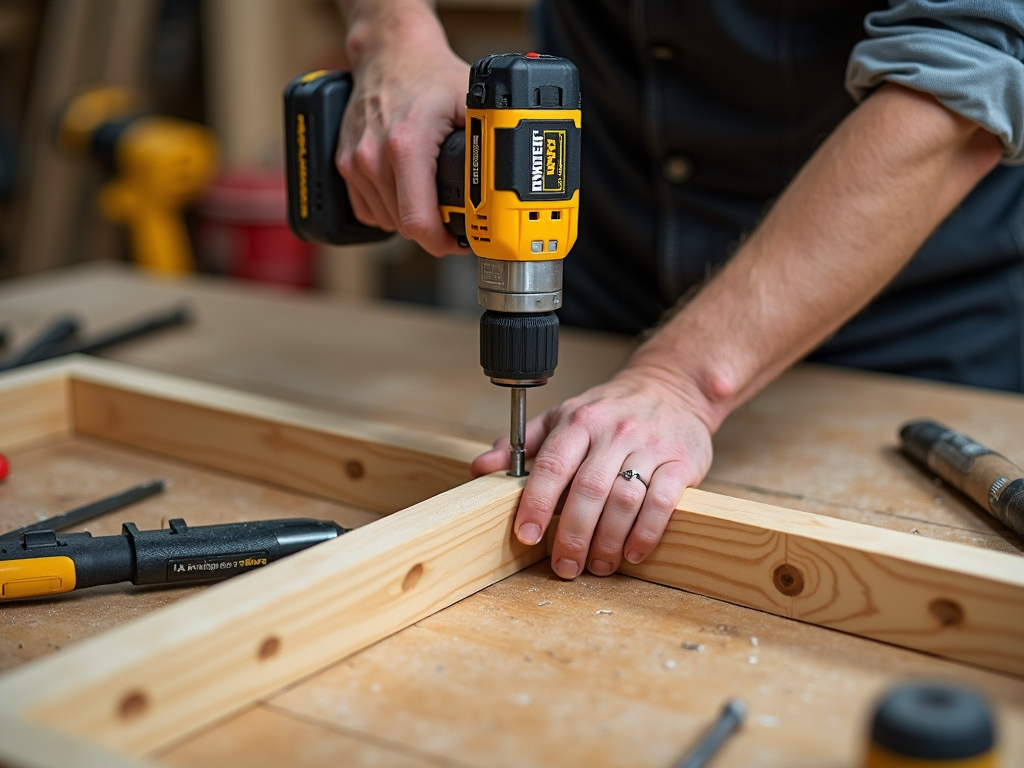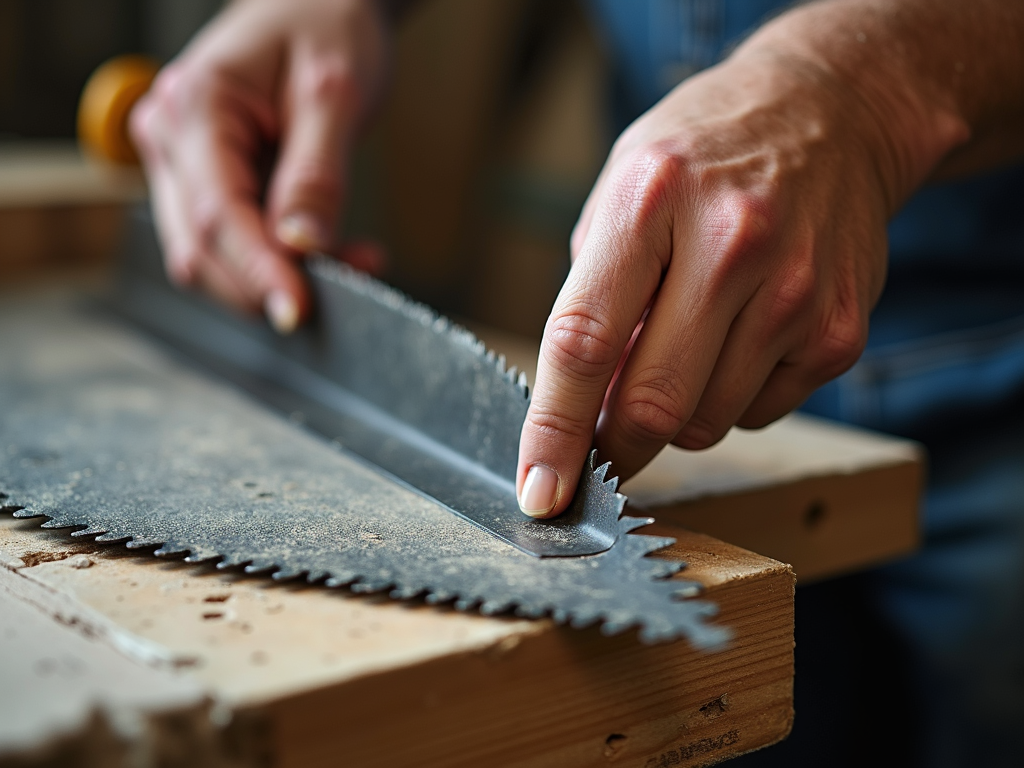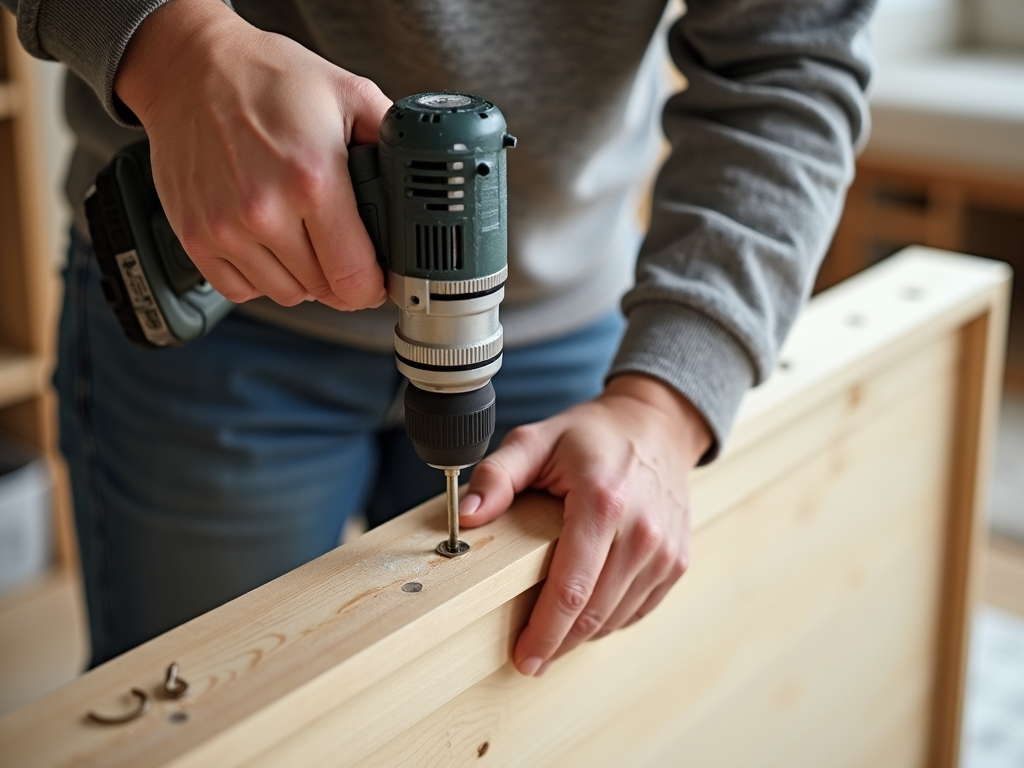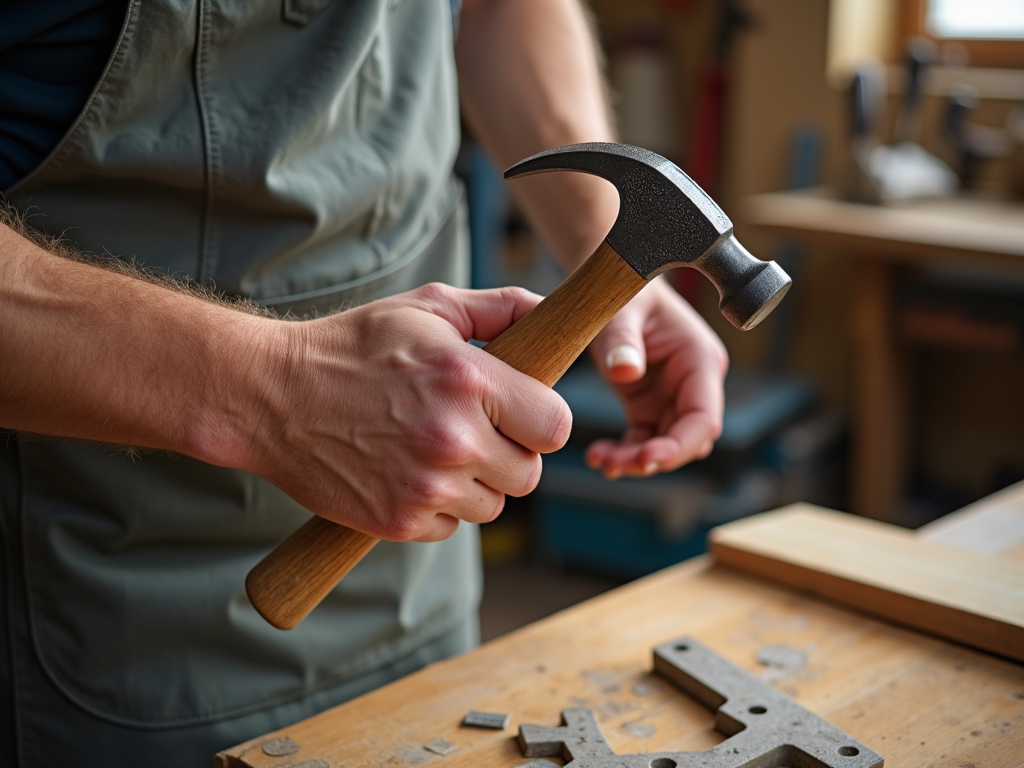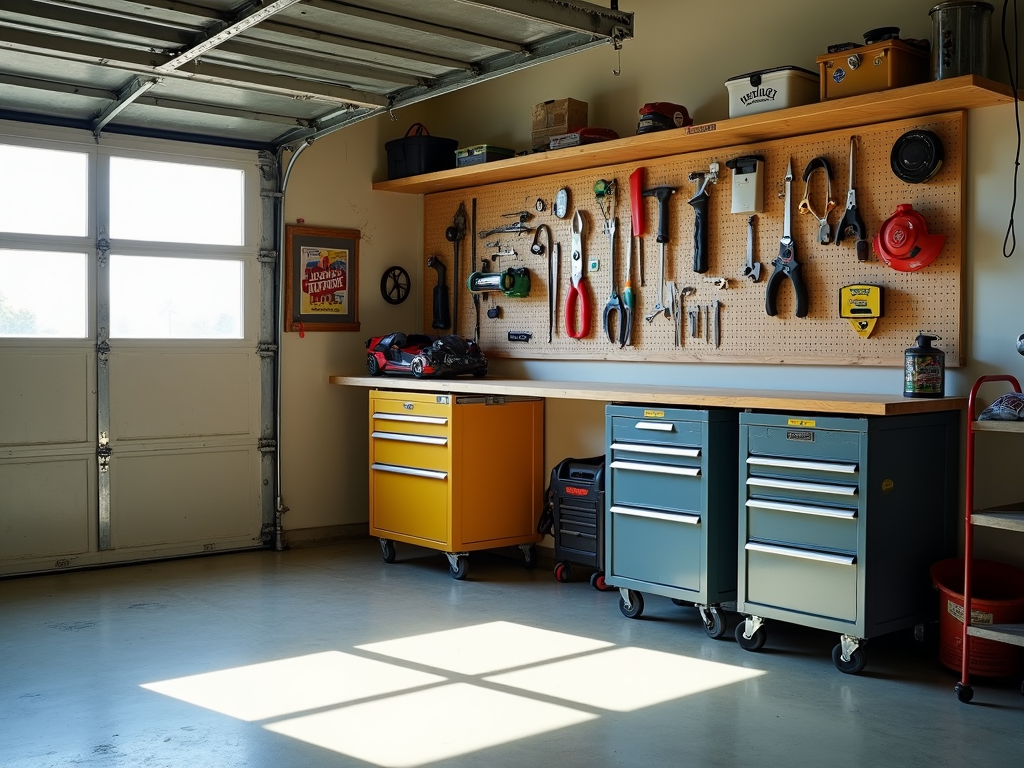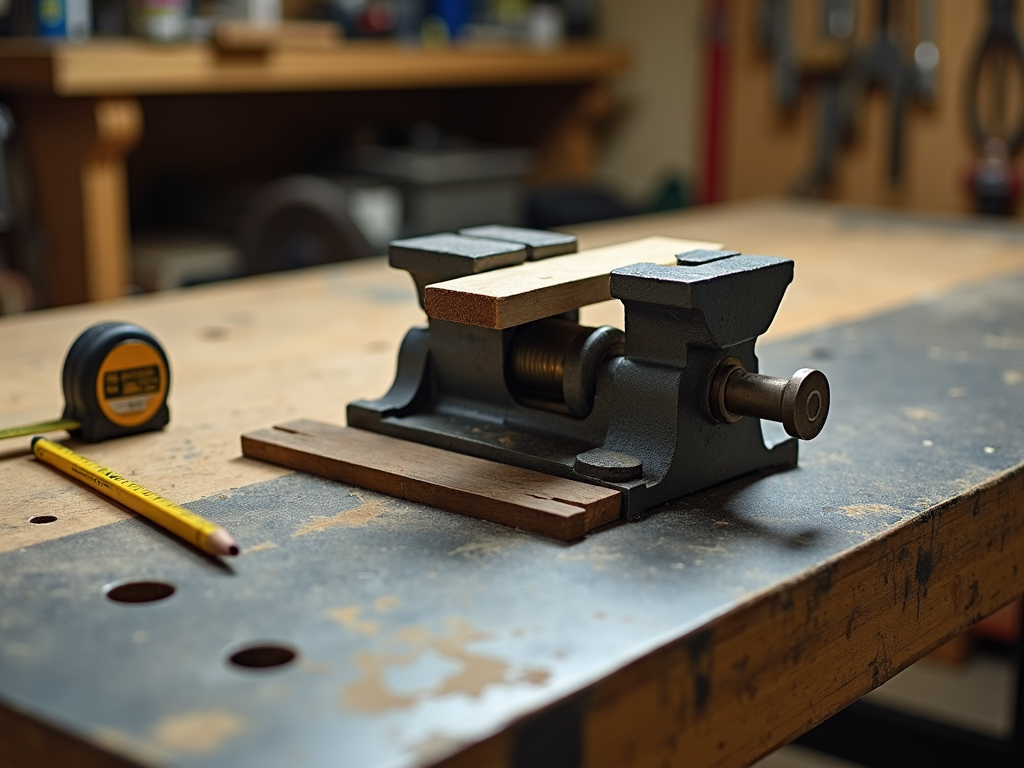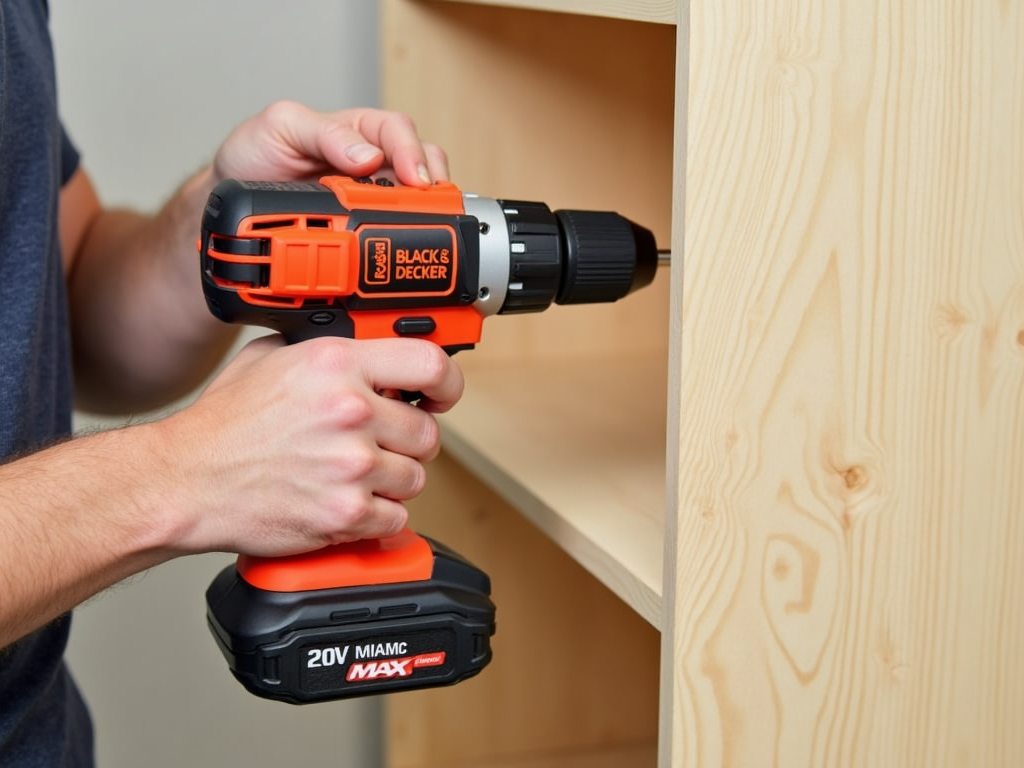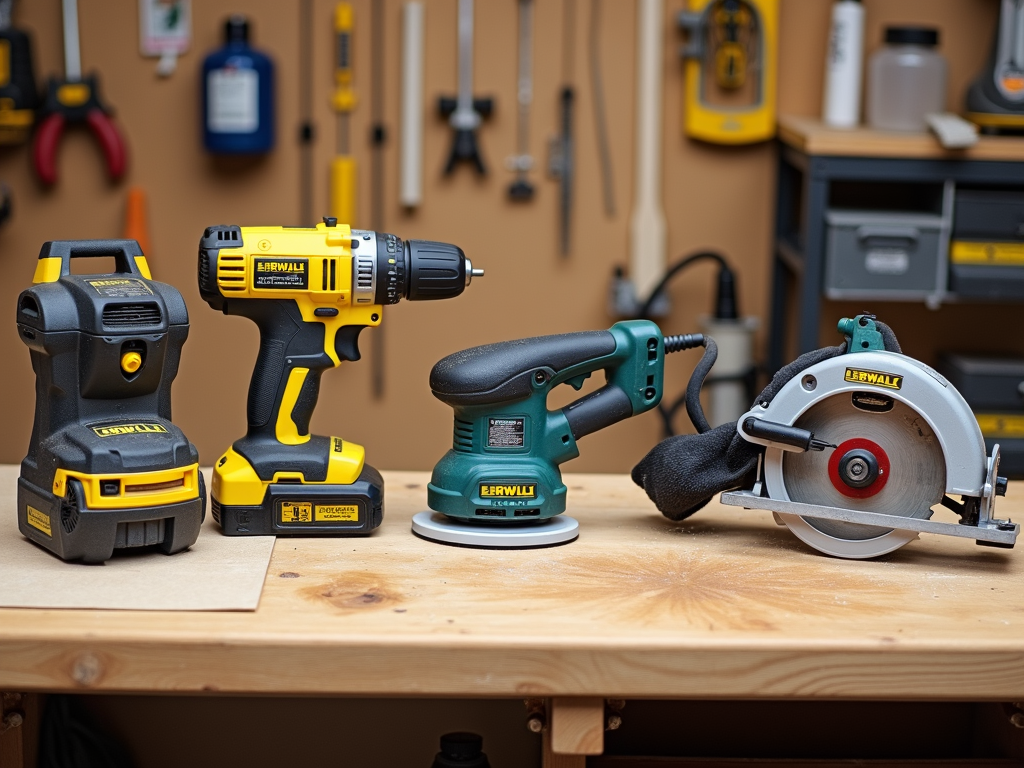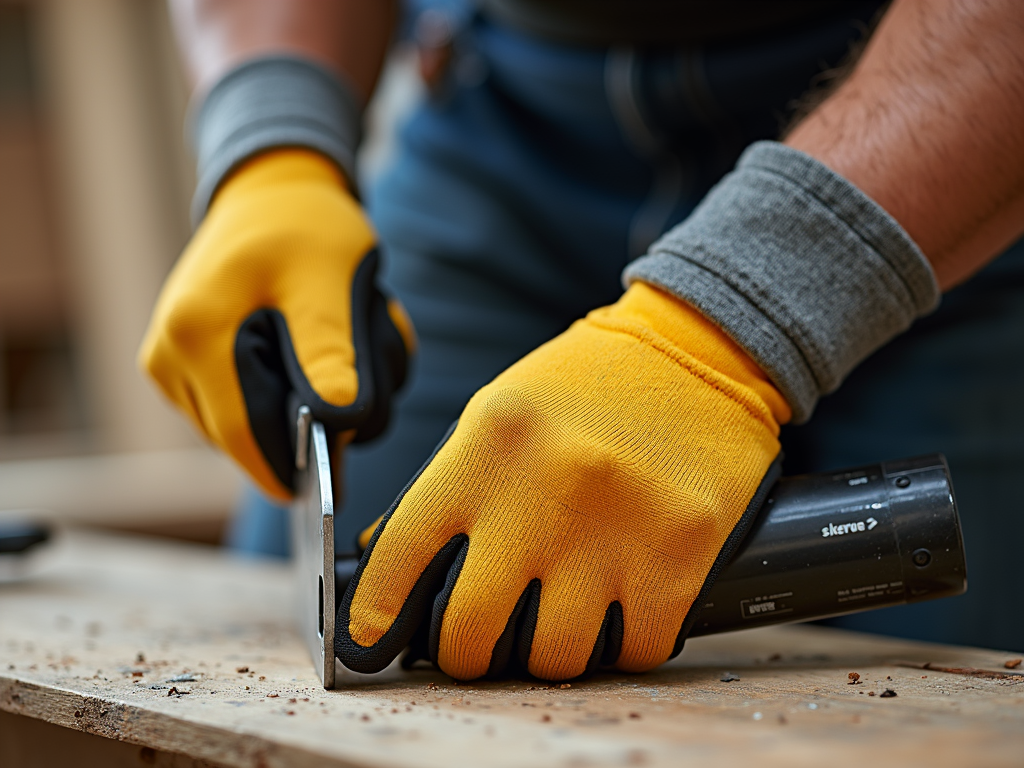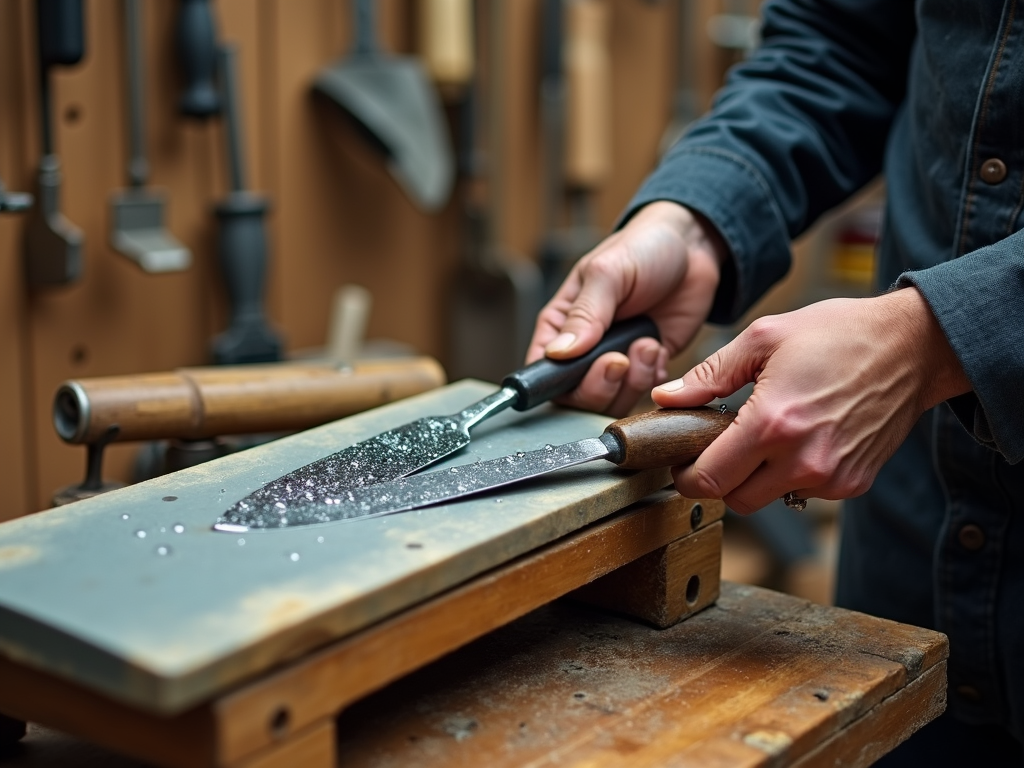Organizing a workshop can seem like a daunting task, but it doesn’t have to be. With the right strategies, you can create a space that promotes productivity and efficiency. A well-organized workshop is not only easier to navigate but also reduces the risk of accidents and mishaps. In this article, we will explore essential tips for organizing your workshop, maintaining your equipment, and effectively using your workman tools.
The Basics of Workshop Organization
One of the first steps in creating an organized workshop is to ensure that your workspace is clean and clutter-free. A clear space helps to enhance focus and efficiency. Here are some key elements to consider:
- Declutter Regularly: Start by removing items that you no longer use or need. A regular decluttering schedule can help keep your workshop tidy.
- Categorize Tools: Group similar items together. For instance, keep all the hand tools in one area and power tools in another. This makes it easier to find what you need quickly.
- Label Everything: Use labels to identify where each tool belongs. This can drastically reduce the time you spend looking for items.
Personal Experience: I remember when I first started organizing my workshop; I would waste so much time searching for specific tools. After implementing these strategies, I not only saved time but also reduced frustration.
Importance of a Clean Workspace
A clean and organized workspace prevents accidents and helps maintain productivity. According to a study by Princeton University, clutter can significantly affect your ability to focus and process information. A tidy environment minimizes distractions and keeps your mind sharp.
Tips for Maintaining a Clean Workspace:
- Adopt a Clean-as-You-Go Approach: Make it a habit to clean your workspace as you work. Put tools back in their designated places immediately after use.
- Create Zones: Designate specific areas for different types of tasks (e.g., cutting, sanding, assembling). This helps to keep everything in order.
Workshop Equipment Maintenance Tips
Maintaining your workshop equipment is crucial for safety and prolonging the life of your tools. Neglect can lead to malfunctions and accidents. Here are some essential maintenance tips:
| Equipment Type | Maintenance Task | Frequency |
|---|---|---|
| Power Tools | Clean and lubricate | After each use |
| Hand Tools | Wipe down and check for damage | Weekly |
| Workbenches and Surfaces | Clean and check stability | Monthly |
- Regular Checks: Inspect your tools regularly for any signs of wear. Early detection of issues can save you time and money in repairs.
- Cleaning Schedule: Establish a routine for cleaning each type of equipment based on its usage. For example, power tools used weekly should be checked and cleaned more frequently.
Effective Use of Workman Tools
When it comes to workshop organization, using the right tools for the job is critical. Here are some best practices: - Choose the Right Tool: Always select the proper tool for the task at hand. Using the wrong tool can lead to damage and accidents. - Store Tools Properly: Make sure each tool has a designated storage spot. This not only keeps the area tidy but also prolongs tool life by protecting them from damage. - Safety First: Always wear appropriate safety gear, such as goggles and gloves, when using power tools or hazardous materials.
Essential Workman Tools Every Workshop Should Have:
- Drill
- Circular saw
- Screwdrivers
- Measuring tape
- Clamps
Personal Insight: When I first started building furniture in my workshop, having the right tools made all the difference in making the process smoother and more enjoyable.
Summary
In conclusion, workshop organization doesn’t have to be an overwhelming task. By following simple tips such as decluttering, categorizing tools, maintaining equipment, and using the right tools, you can create a productive and safe workspace. An organized workshop not only enhances your efficiency but also improves your overall enjoyment of working on projects.
Recommended Readings
- 10 Tips for Organizing Your Workshop
- Importance of Tool Maintenance
- DIY Workshop Safety Tips
- How to Choose the Right Tools
- Workflow Optimization in Workshops
Related Workshop Organization Made Simple:
- The Ultimate Guide to Advanced Workman Tools for Professionals
- Construction Safety Basics: Essential Tips for Workers
- Mastering Advanced Brush Techniques: A Guide for Artists
- Choosing the Right Power Tools for Your Projects
- Understanding Hammer Dynamics and Ergonomics: A Comprehensive Guide
- Tool Organization 101: Essential Tips for Painters and DIY Enthusiasts
- How to Maintain Your Workbench: A Comprehensive Guide for Professionals and Hobbyists
- The Impact of Black & Decker on the DIY Movement
- Power Tools for Beginners: A Comprehensive Guide
- Best Tools for DIY Home Painting
- Safety First: A Guide to DIY Safety Gear
- The Ultimate Guide to Tool Sharpening Techniques
